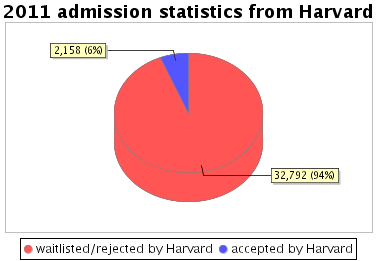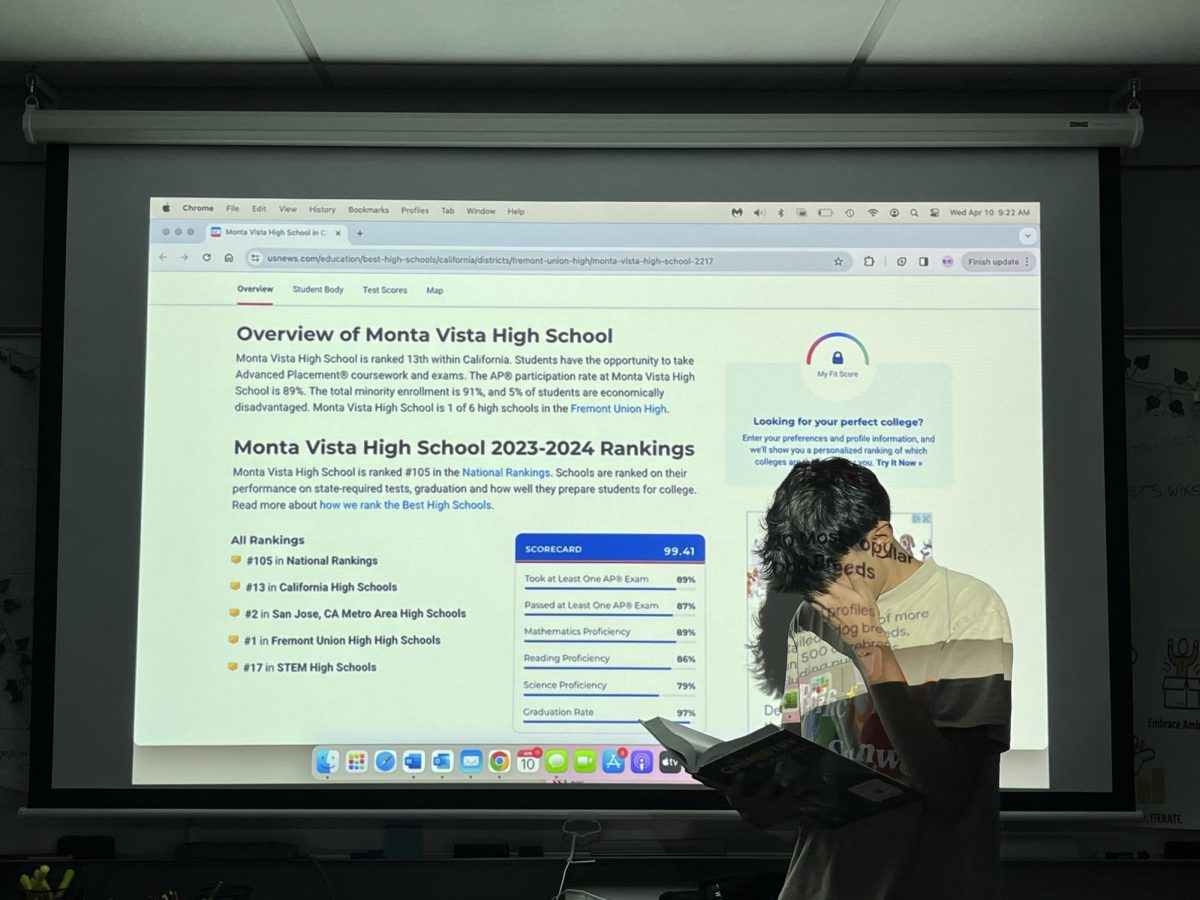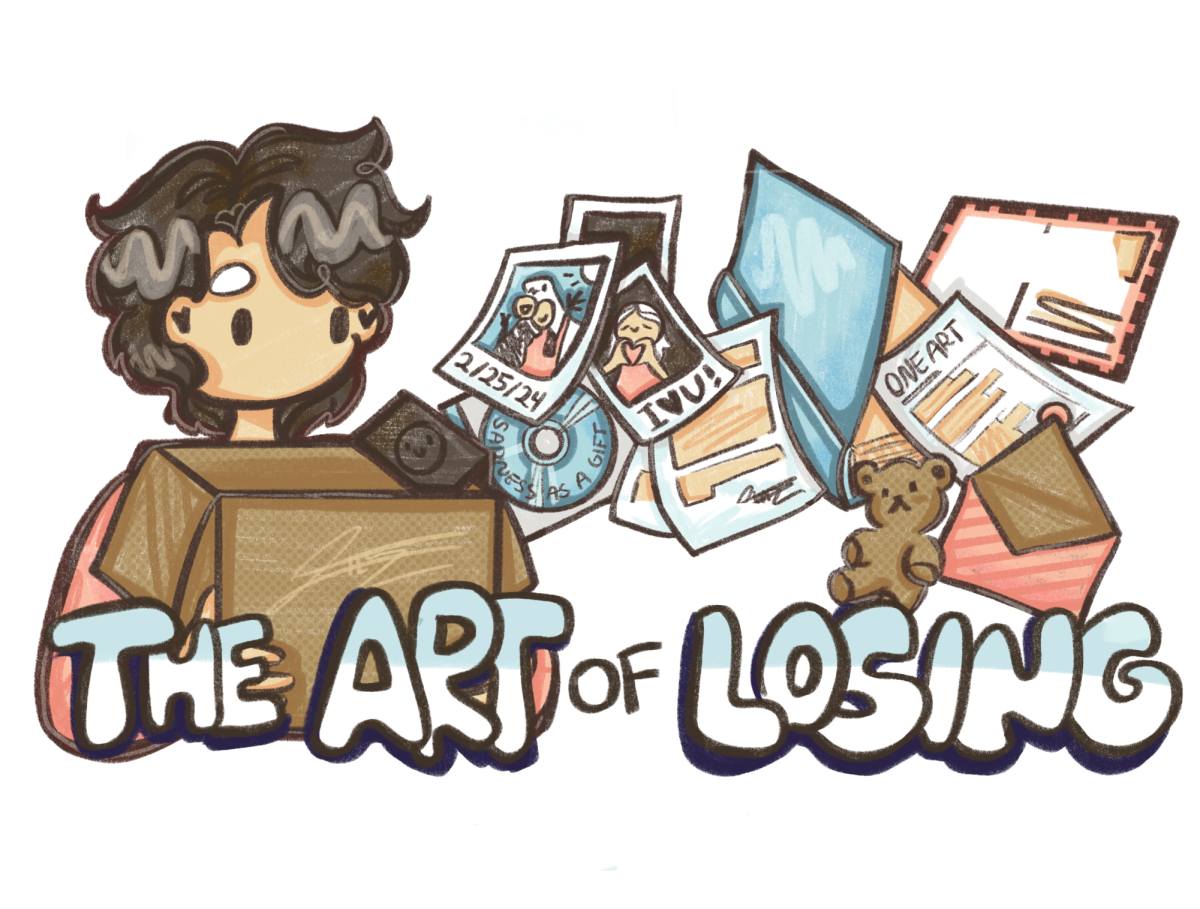 Early decision admission helps students show commitment to a university
Early decision admission helps students show commitment to a university
Like it or not, when it comes to higher education, seniors can only pick one institution at which to matriculate. Yet, when it comes to the admissions process, some MVHS students compile lists of safeties, target, and reach schools that consist of ten or more schools—the result being countless hours of work, rising stress levels, and large sums of money spent on application fees.
One possible solution to this “college-craze” that has swept the nation, especially at academically-rigorous high schools such as MVHS would be the implementation of more “early decision” programs and removal of “early action” programs from the admissions process. This would eliminate lead to students being asked to do their research early in determining if applying to a binding early program would be in their best interest. 
Early decision, as it stands, involves applying to a university by an earlier deadline and signing a binding contract that promises that if accepted, the student will attend the university and withdraw all other applications, unless there are financial constraints. The benefits of this program include receiving notice from the university in early December and not having senior year grades affect the college admissions process.
Most importantly, this decision indicates to the admissions committee that the college that the student applied to is the school of his or her dreams.
However, this program only works for students that have time to develop a clear-cut, “first-choice” university and do not have any financial concerns. Even with these limitations, this program seems much more logical and relevant compared to “early action” programs, which only serve to further the egos of immature students. An issue that arises as a result of these “early action” programs involves students being able to continue applying to other schools even if accepted to institution(s) during the early round of college admissions.
This is unnecessary.
In one case, an MVHS senior received thirteen college acceptance letters, with offers from universities including Caltech, Stanford, and Princeton—after already being accepted to Yale University during the early round. Though this may be an extreme example, there are many factors that led to this decision: fear of not getting into a top university, not knowing if the university will view the student as simply a smart student blindly filling out applications and perhaps passing them up because of numbers.
As a senior who applied early decision to Columbia University, I can vouch for the safety and comfort of committing to an early-decision contract, knowing that this decision would show my commitment to the university and make my application stand out.
Especially with universities such as Columbia and Harvard having admission rates drop to as low as six percent, it is time to reevaluate the application process. Why make the option to apply by early action available, if many people use it as a tool to hoard acceptance letters?
The thrill of turning down a top university may be fun for a moment, but after considering the fact that this fleeting glimpse of fun means countless hours of stress for the people left hoping that they can get off the wait list and fill any extra spots in May.
Instead, students should be asked to make the hard decisions, starting with all admissions offices agreeing to implement the early decision program instead—restricting students to apply to one college during the early round of admissions, and asking these students to withdraw their other applications upon acceptance. Only then will the college craze fade away.





















